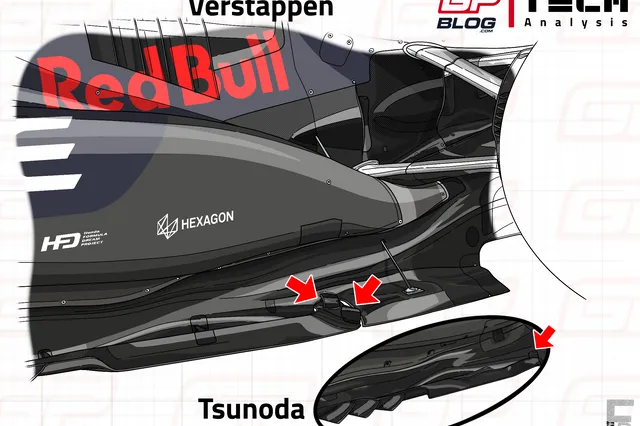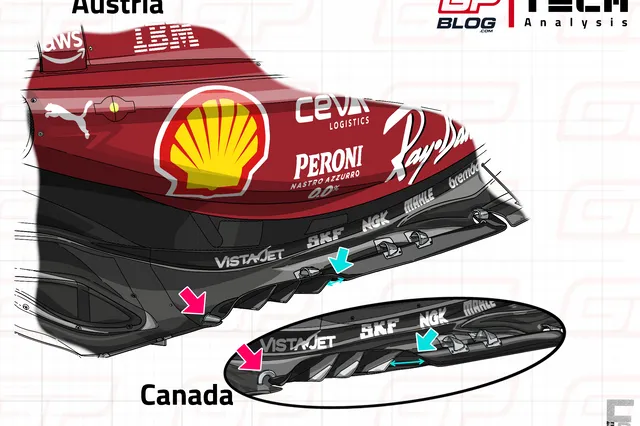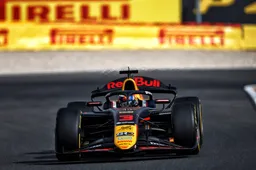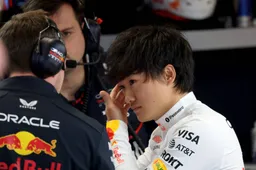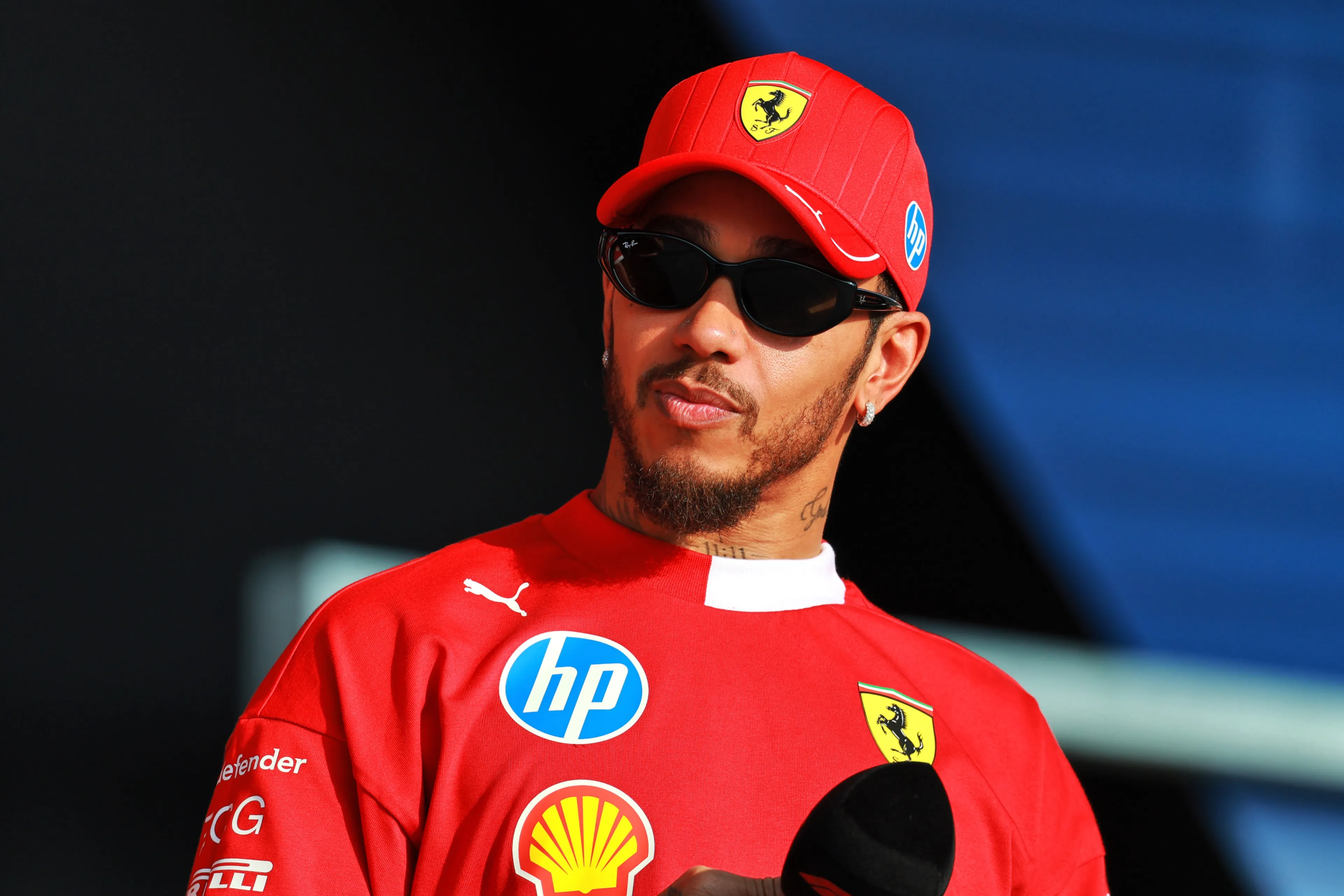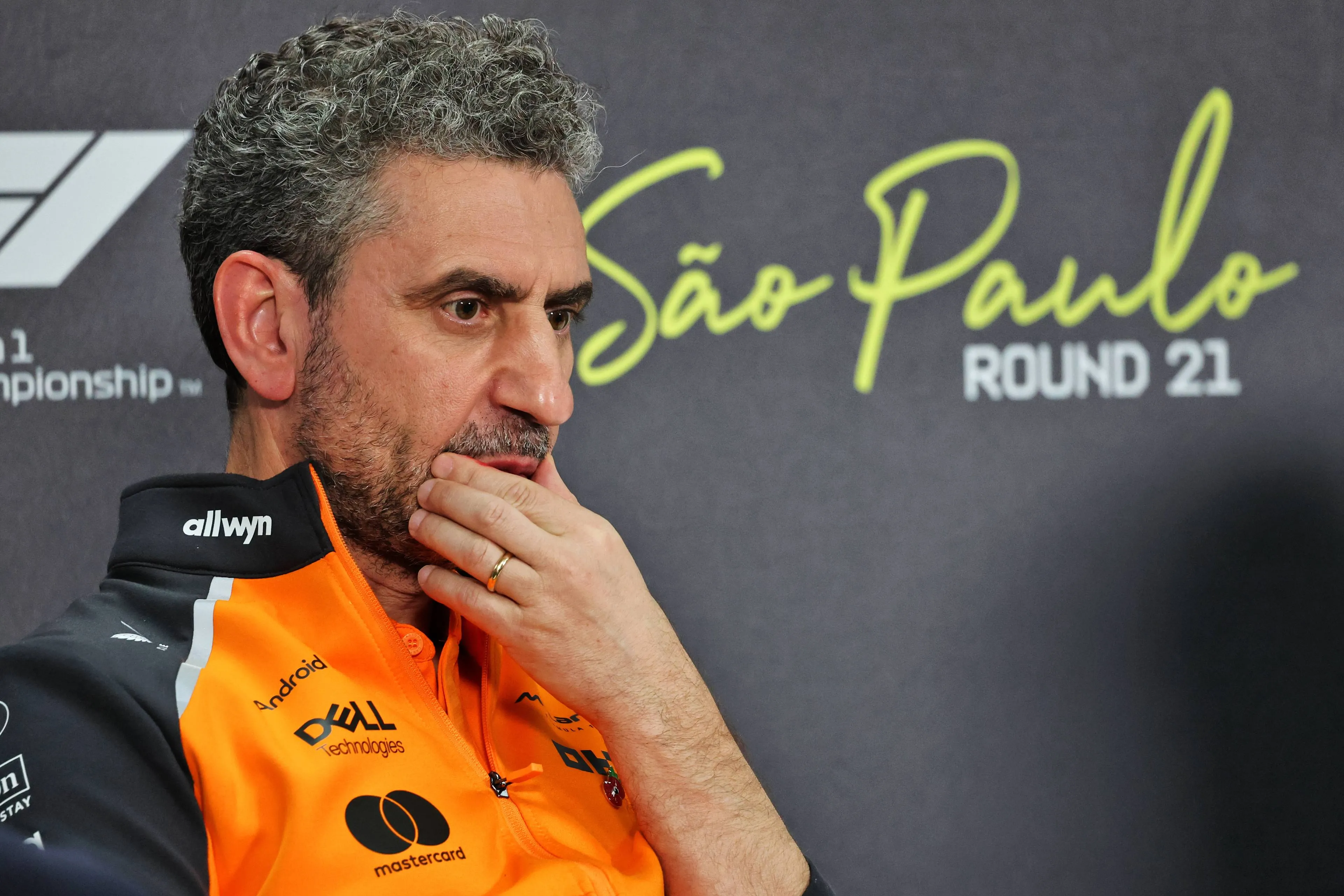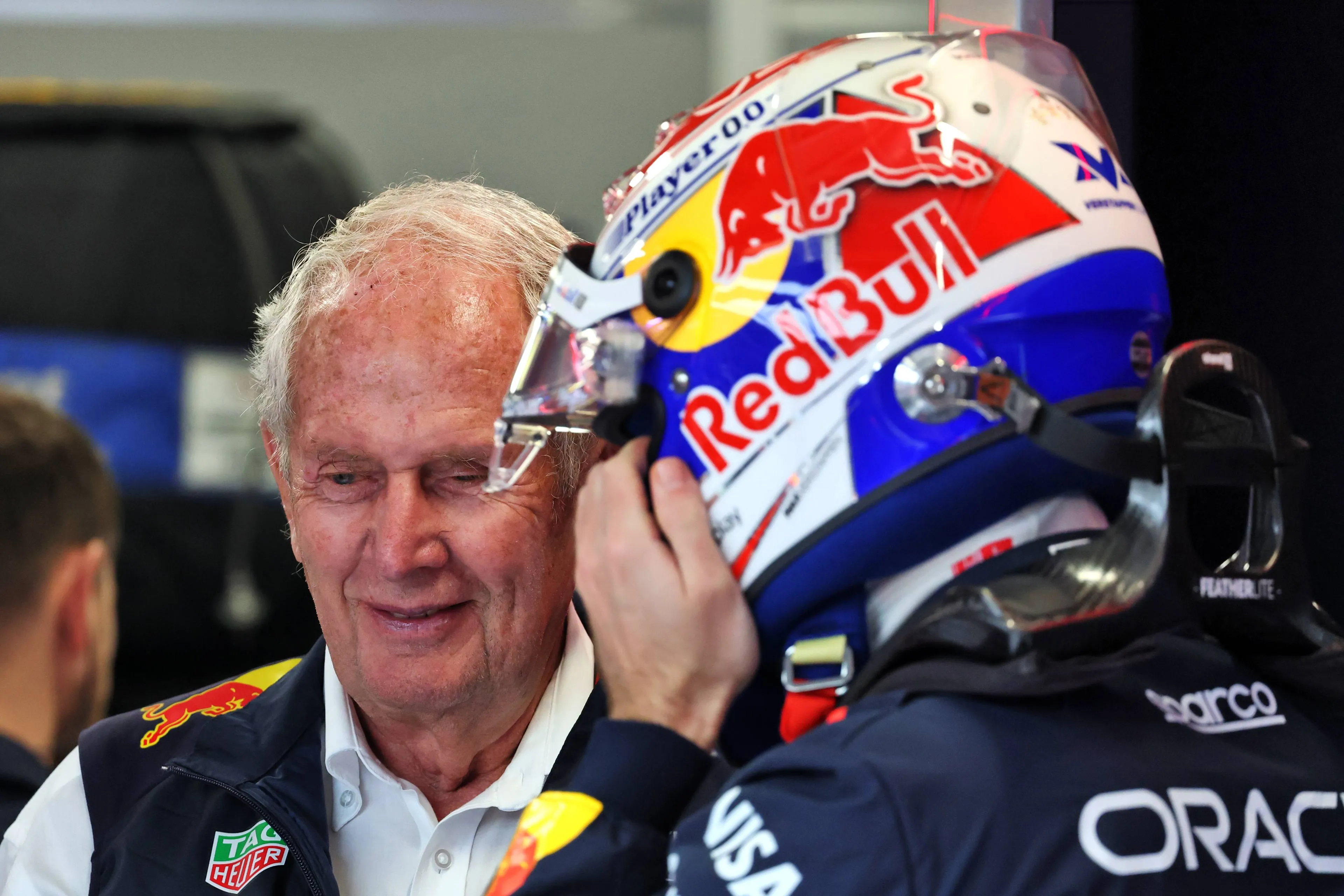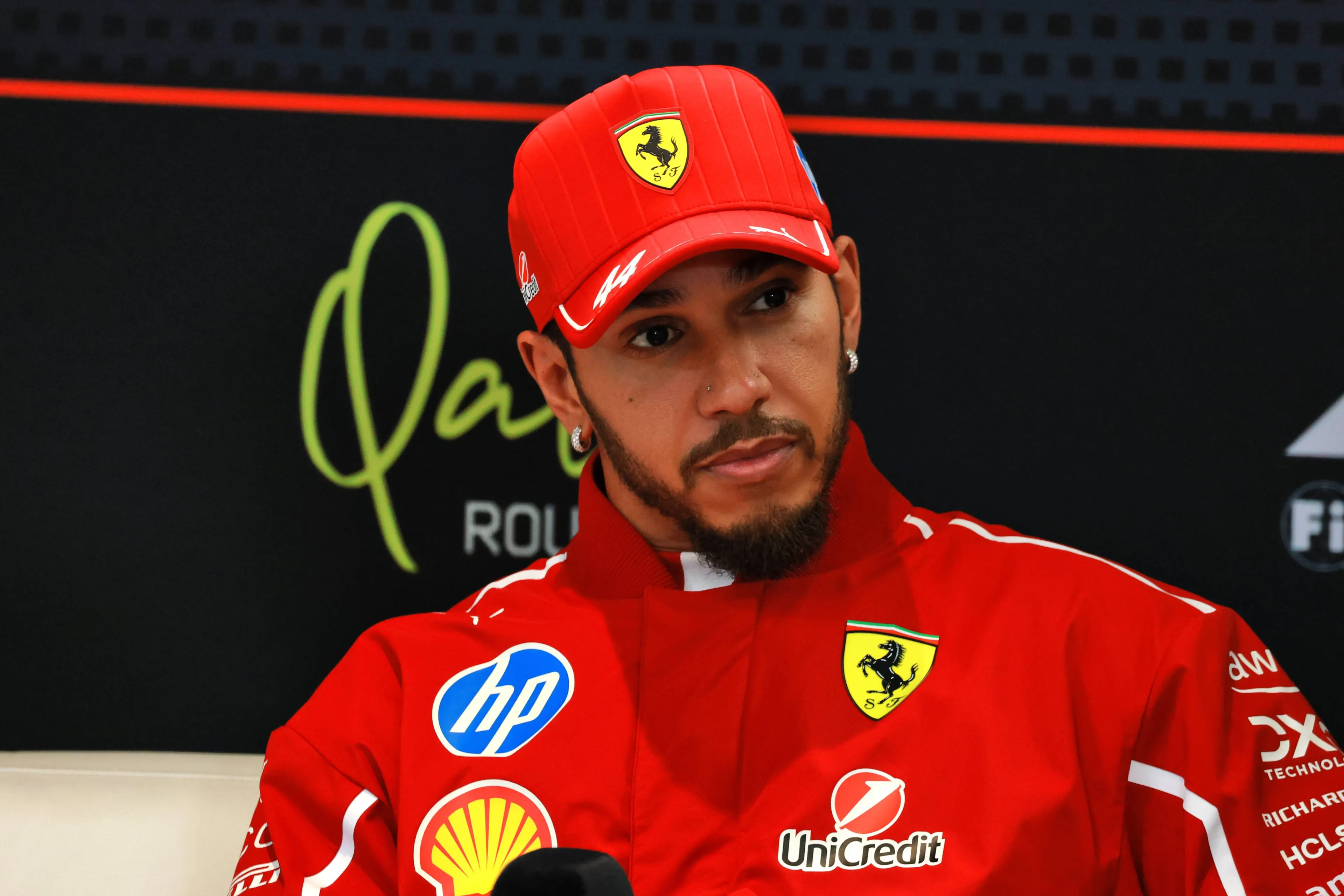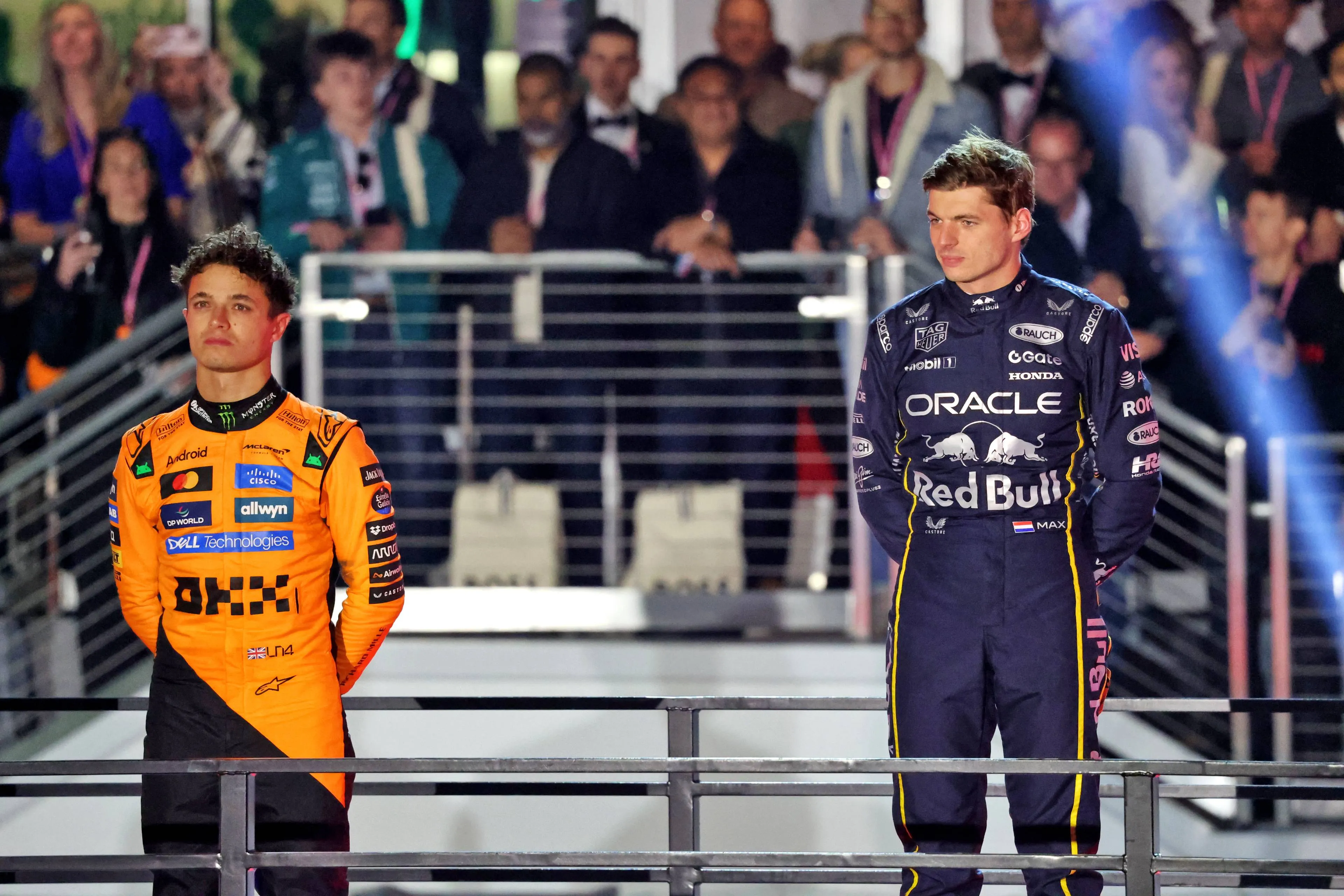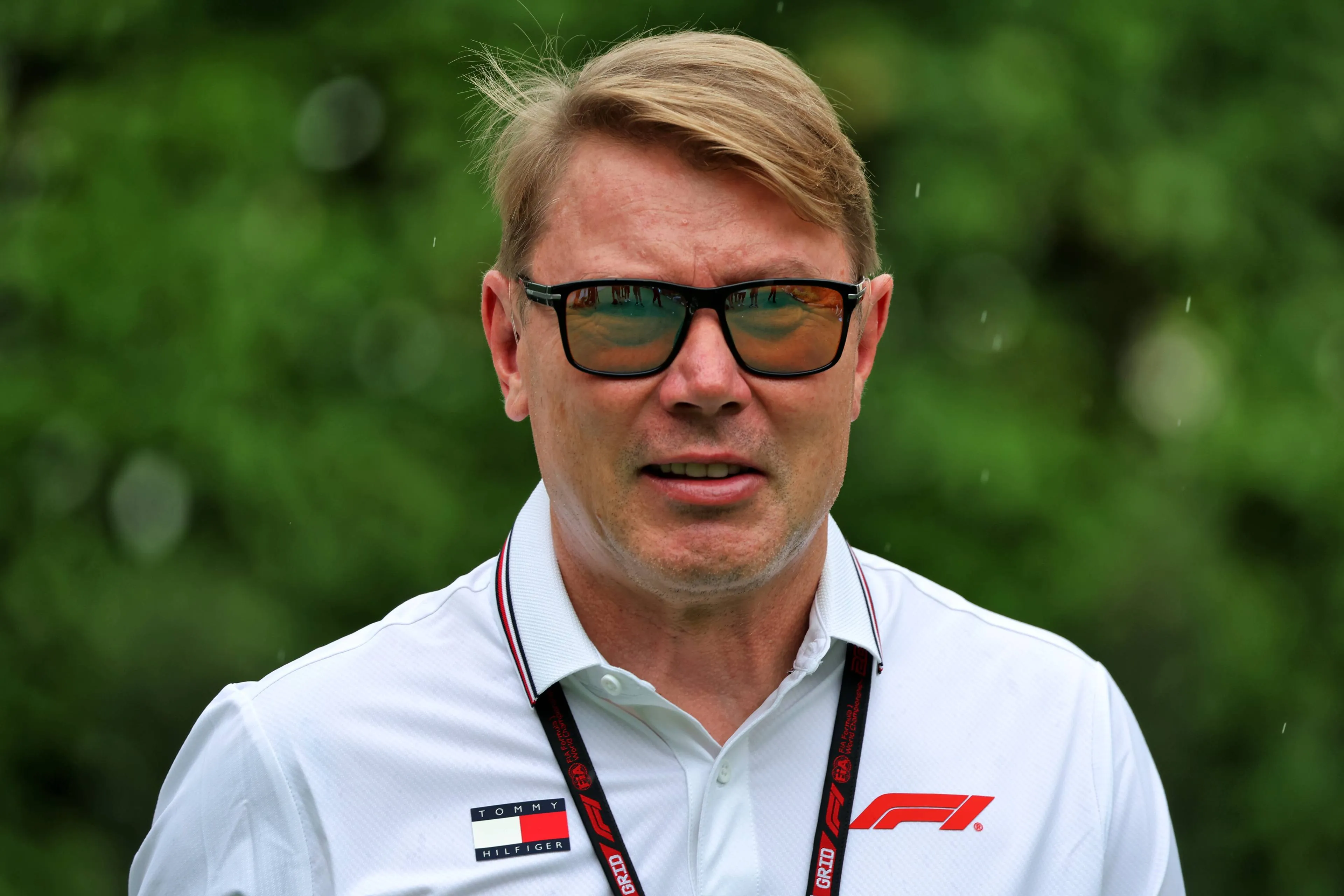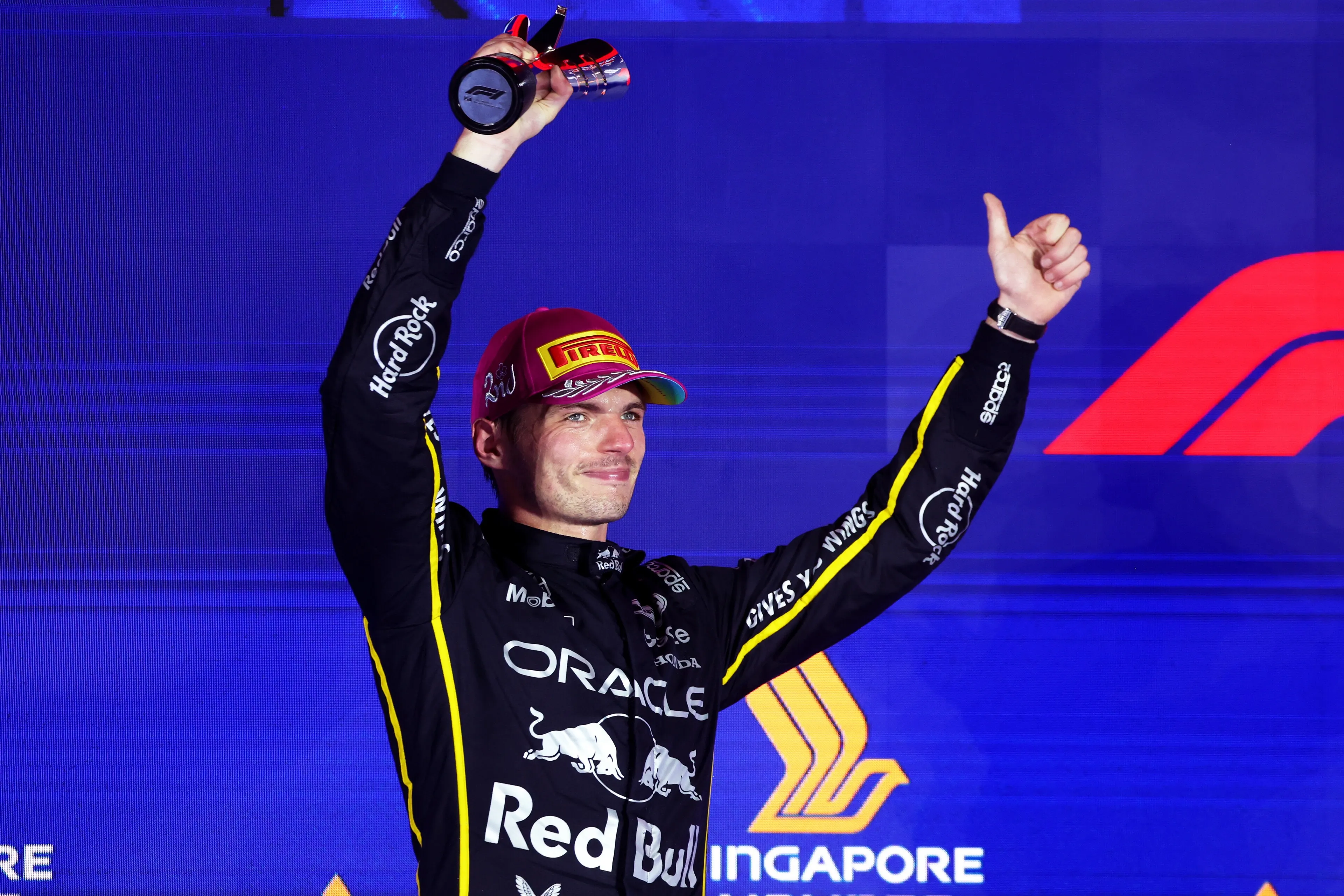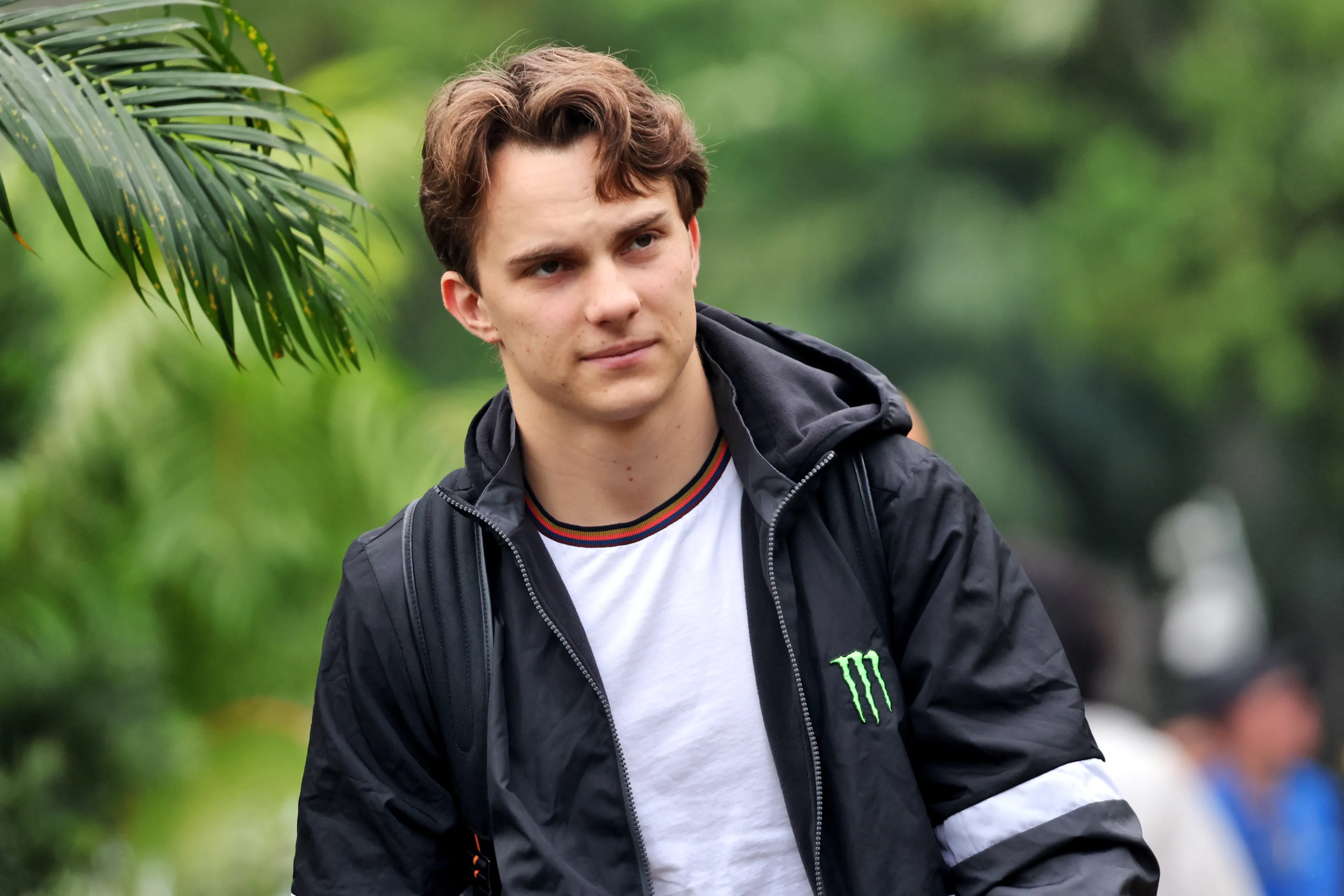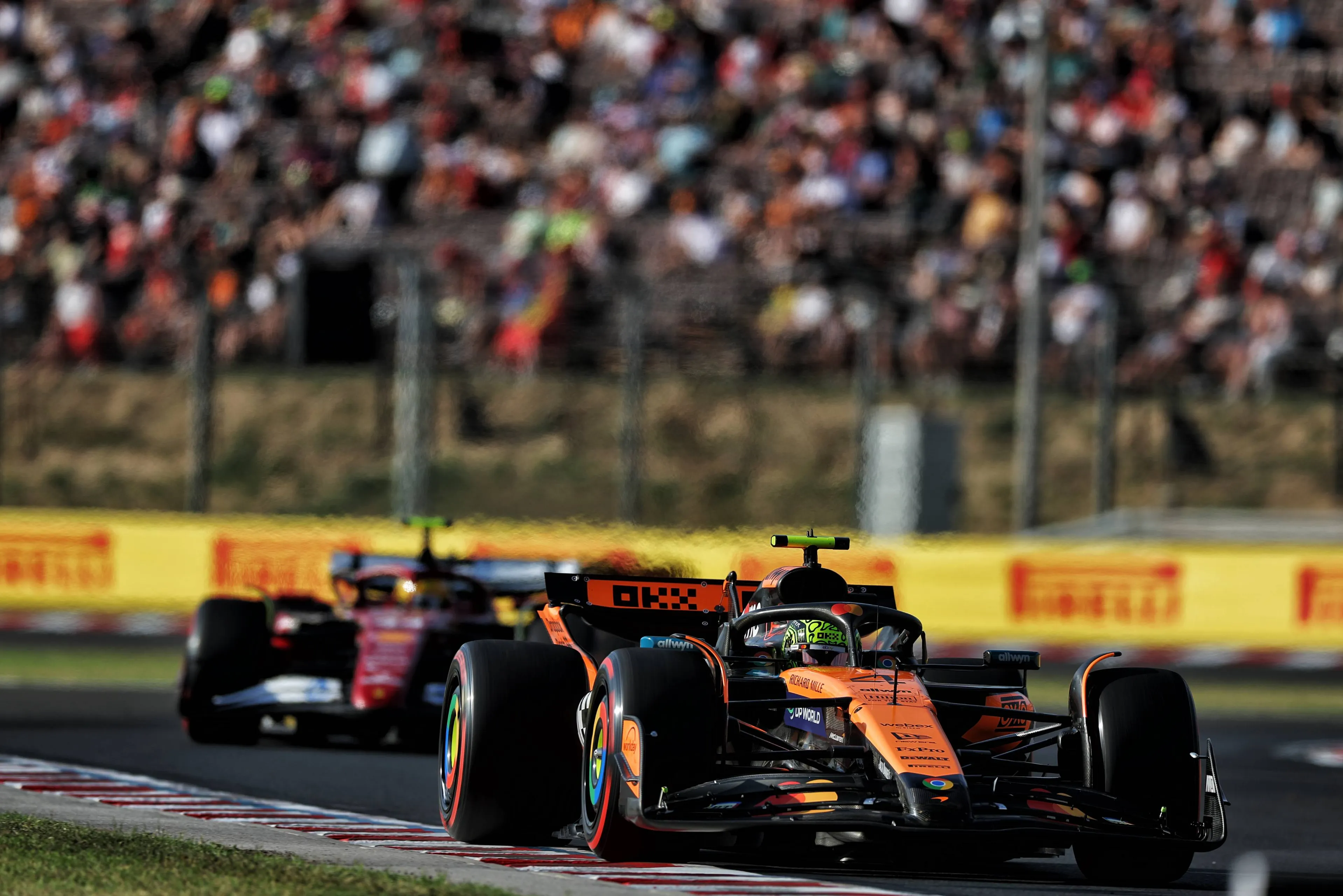
F1 Tech | Why rain could be Red Bull's best ally for Sunday
The first two practice sessions for the Hungarian Grand Prix offered a super dominant McLaren, in front of Ferrari’s Charles Leclerc, who was able to get the most out of his SF-25 both during the qualifying simulations and the race pace sims as well. Red Bull was a little bit further back, with Verstappen only in P14 during FP2, proof of the massive struggle around this circuit. Let’s try to analyse what happened during the three free practice sessions.
Starting to analyse McLaren’s performance, the team was already expecting that the Hungaroring would have perfectly suited their car, also based on the performance from last year. The MCL39, in fact, has proved to be the quickest in the medium speed corners since the beginning of the season, and the Hungarian track has plenty of them.
To better suit their cars to the twisty nature of this layout, most teams adopted Monaco-spec rear wings, with pure downforce being privileged over efficiency. This was also the case for McLaren: the Woking team decided to fit the Monaco rear wing spec on both cars, matched with a double element beam wing to maximise the downforce generated at medium/slow speed.
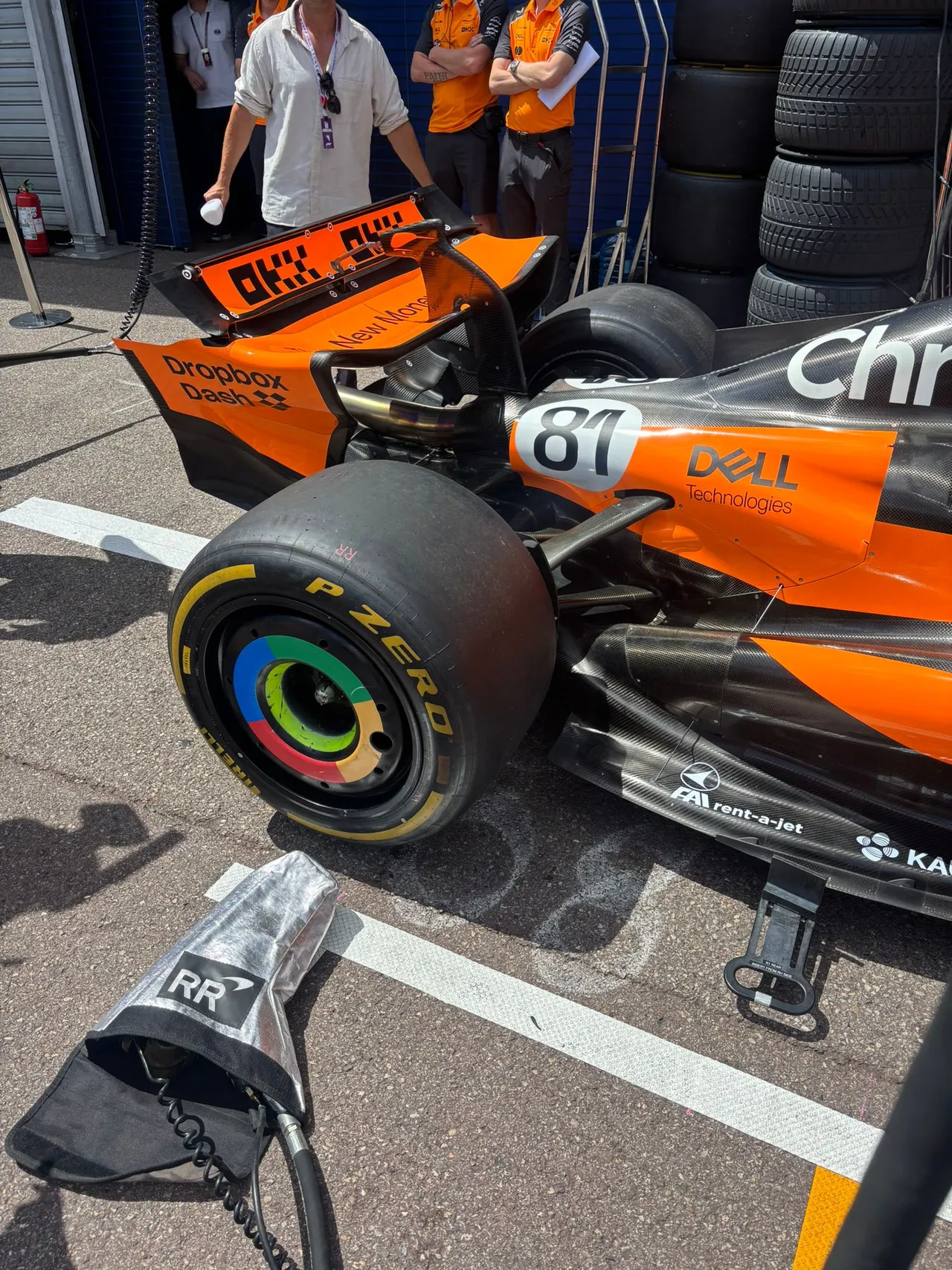
This inevitably had a very positive impact on the performance: since FP1, the MCL39 had a phenomenal performance through the slow speed and medium speed corners of the track, with Norris resulting 0.217 quicker than Leclerc during FP1, despite Ferrari ran a slightly lower downforce set-up and higher engine modes. McLaren’s car was able to generate much more downforce than competitors in Sector 2 and 3, gaining precious time in those sectors. Moreover, the team could drastically soften the mechanical set-up compared to rivals, gaining even more lap time on those corners where kerbs needed to be attacked.
Andrea Stella himself explained where McLaren’s advanatge in the medium and slow speed corners come from: “When you look at the speed comparison with some other teams, the data says that McLaren can generate the highest mid-corner speed in medium-speed corners.”
“We still have our weak points. If you go on a very high-speed corner like Copse, for instance, or Pouhon, we are not the fastest car. Likewise, probably in very low speed, we are not the fastest car. But the majority of corners in a championship happen to be medium-speed corners, and certainly in that range, our car is, data in hand, the best.”
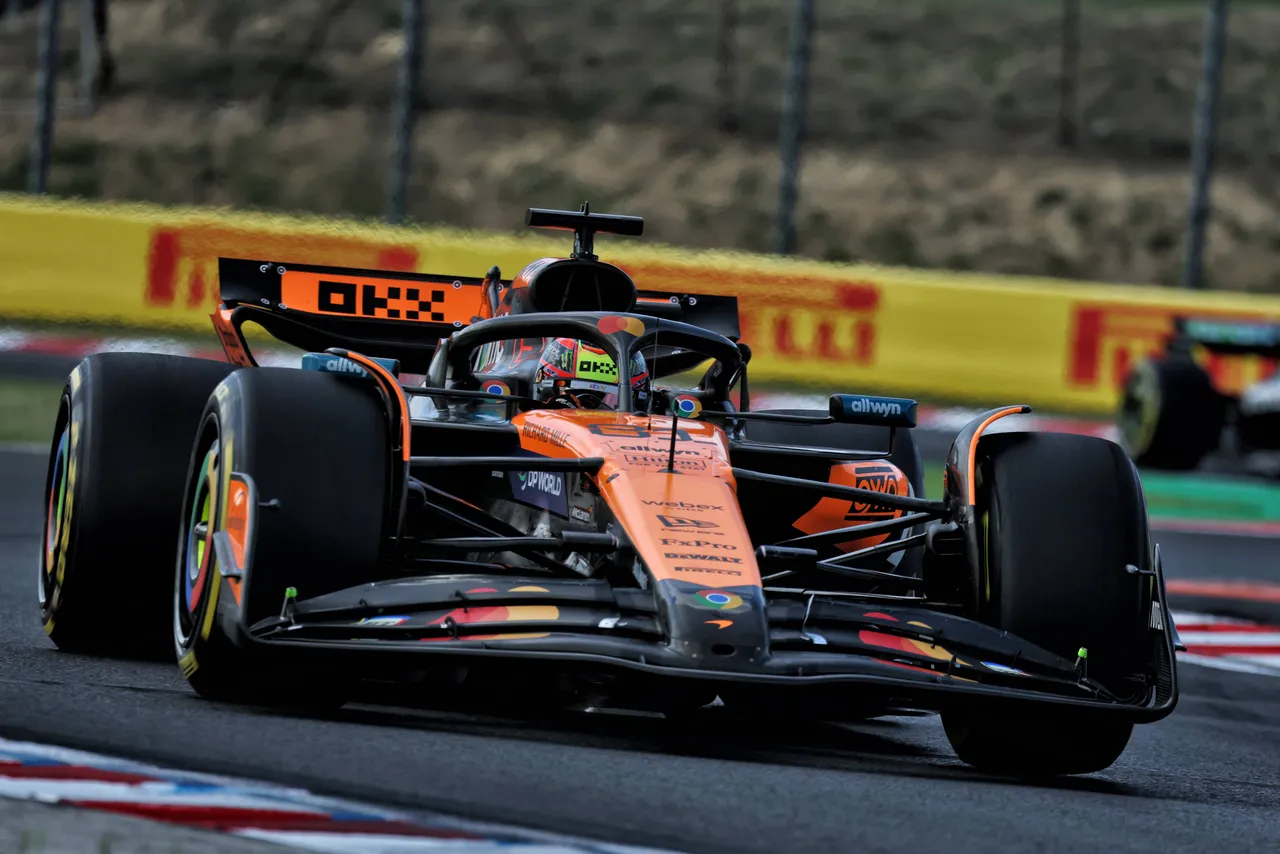
The pace advantage from Norris and Piastri, however, was limited to the qualifying simulation runs, but also extended to the race pace sims: Norris had the quickest average, despite running most of the laps in traffic behind Williams’ Alex Albon. This aspect ultimately proves that the Papaya team will probably have a comfortable gap over competitors during the rest of the weekend, hoping to get the 4th one-two finish in a row.
FP3 was the ultimate proof of their superiority, as they managed to give Leclerc in P3 4 tenths over a 75 seconds lap, proving how good the MCL39 is with hot temperature compared to rivals.
Read also
Hamilton and Leclerc with different set-ups
For what concerns Ferrari’s performance, the team came to Budapest with high hopes after the positive performance last time out in Spa-Francorchamps. The team decided to test two different rear wing versions during Friday’s free practices, with Leclerc running a medium-high spec and Hamilton running the maximum downforce rear wing, the same spec already used in Monaco.
Moreover, the two drivers also had two different rear wing specs, with Leclerc testing a lower downforce double element version and Hamilton adopting a higher spec, the same used in Monaco. The version used by Leclerc is characterised by an almost horizontal second element, to better manage the low pressure area on the back-end of the car, while the version adopted by Hamilton is characterised by a more curved second element, to maximize the downforce generated.
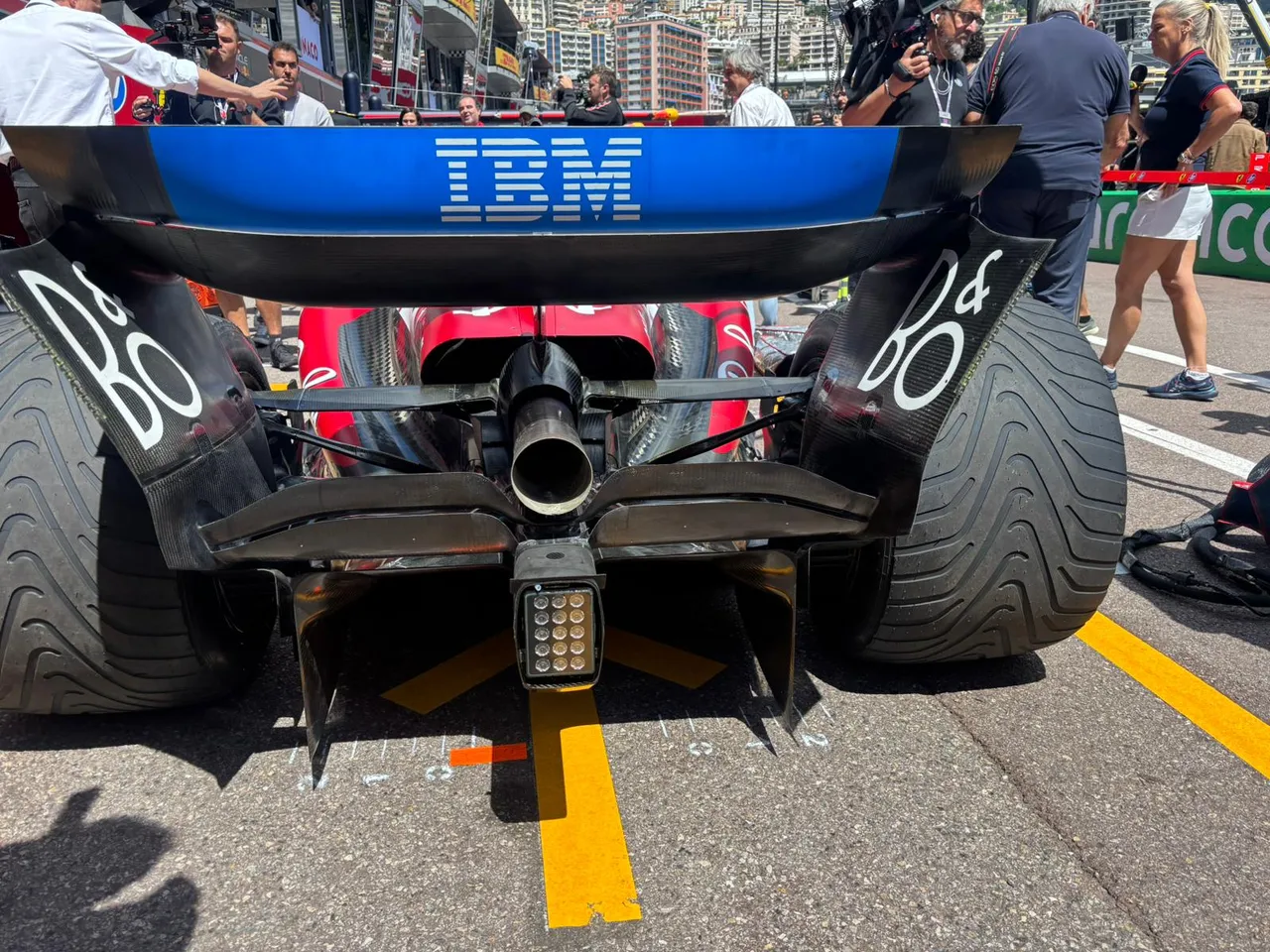
The slightly lower downforce rear wing used by the Monegasque gave the SF-25 a very good top speed through the first sector, but lost precious time through Sector 2 and 3, exactly where Mclaren proved to be superior.
After FP1, the team decided to run the same lower downforce set-up also on Hamilton’s car in FP2, but the British driver struggled more than Leclerc, ending the session almost 7 tenths behind Norris in P1. The negative note for the Maranello based team is the fact that Norris managed to be quicker than Leclerc in all corners (medium speed), proving to have a much more efficient car through all the different corner phases (entry, mid corner and exit).
Leclerc was also quite competitive during the race pace simulations made during FP2, as the Monegasque managed to be only around a tenth of average slower than Norris on the medium tyres, despite Norris running in traffic for most of his simulation.
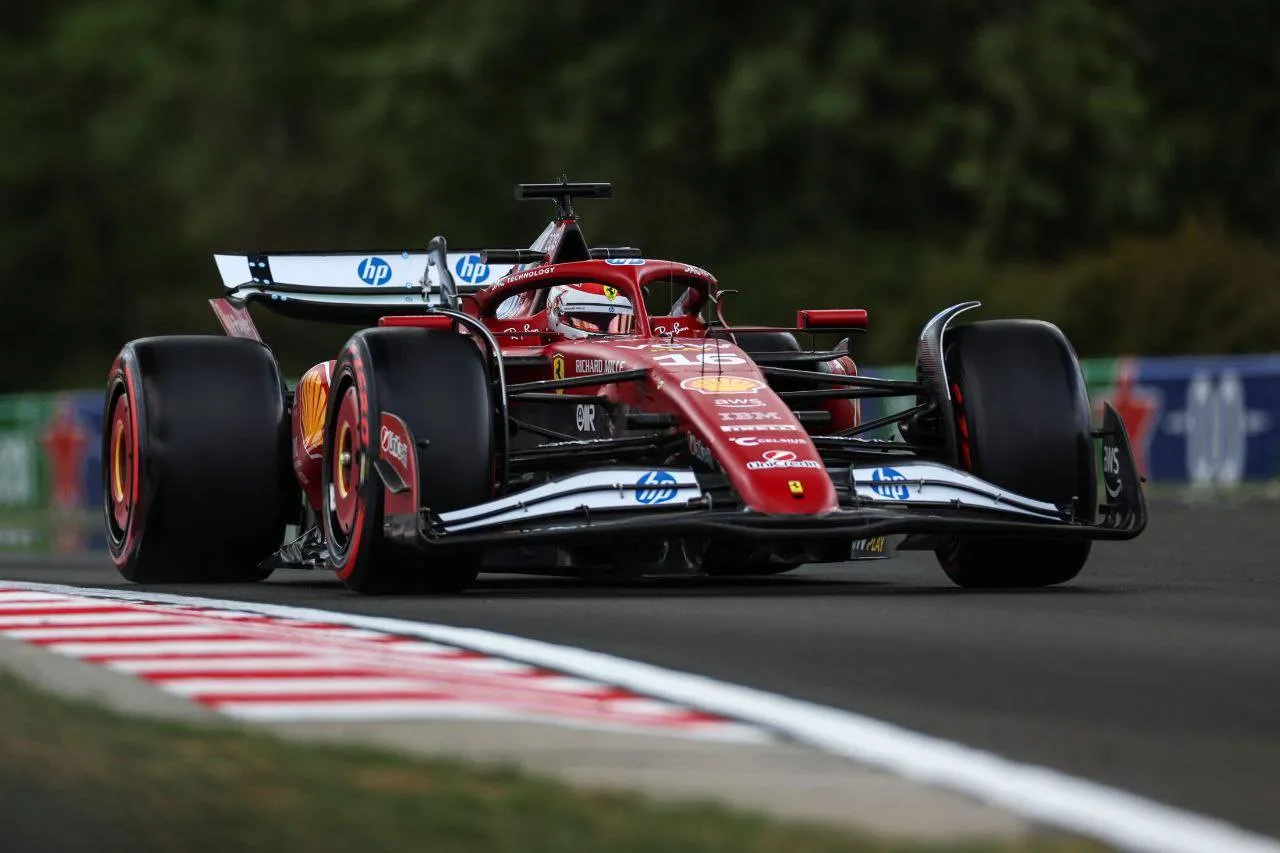
For FP3 the team decided to shift back to FP1 rear wing configurations: on Leclerc’s car the medium-high downforce rear wing version was fitted, with Hamilton who kept using the maximum downforce rear wing to have a better rear stability in corner entry, exactly where he was struggling the most compared to Leclerc on Friday.
The 7-time World Champion, however, seemed to still struggle a lot during that session, as he finished again almost 8 tenths behind Piastri in P1 and 3 and a half tenths behind his teammate.
For qualifying, Ferrari should aim at locking out the second row, to be able to perform better during Sunday’s race and earn a good amount of points over Mercedes and Red Bull, who seem to struggle much more than competitors during the 3 hours of practice sessions.
Red Bull with the most difficult weekend until now
Analyzing Red Bull’s weekend, the three practice sessions have been anything but smooth for them during this weekend: on Friday, the team introduced a higher downforce front wing only on Verstappen’s car to better balance the car on such a twisty layout. The new front wing was characterised by a top flap with a longer chord, to generate more downforce in that area.
Despite this, Verstappen immediately struggled with the balance of his RB21 since FP1: multiple torsion bars and ride height (both on the front and rear axle) were made, but gave no positive results, with Verstappen complaining of an understeering car in mid corner which then translated into oversteer at the corner exit, making him lose a lot of time through sector 2 and 3. Despite the team already expecting that the medium speed corners and the massive use of kerbs typical of the Hungaroring didn’t particularly suit the RB21 (which instead prefers high speed corners and smooth asphalts), they weren't expecting such a poor performance.
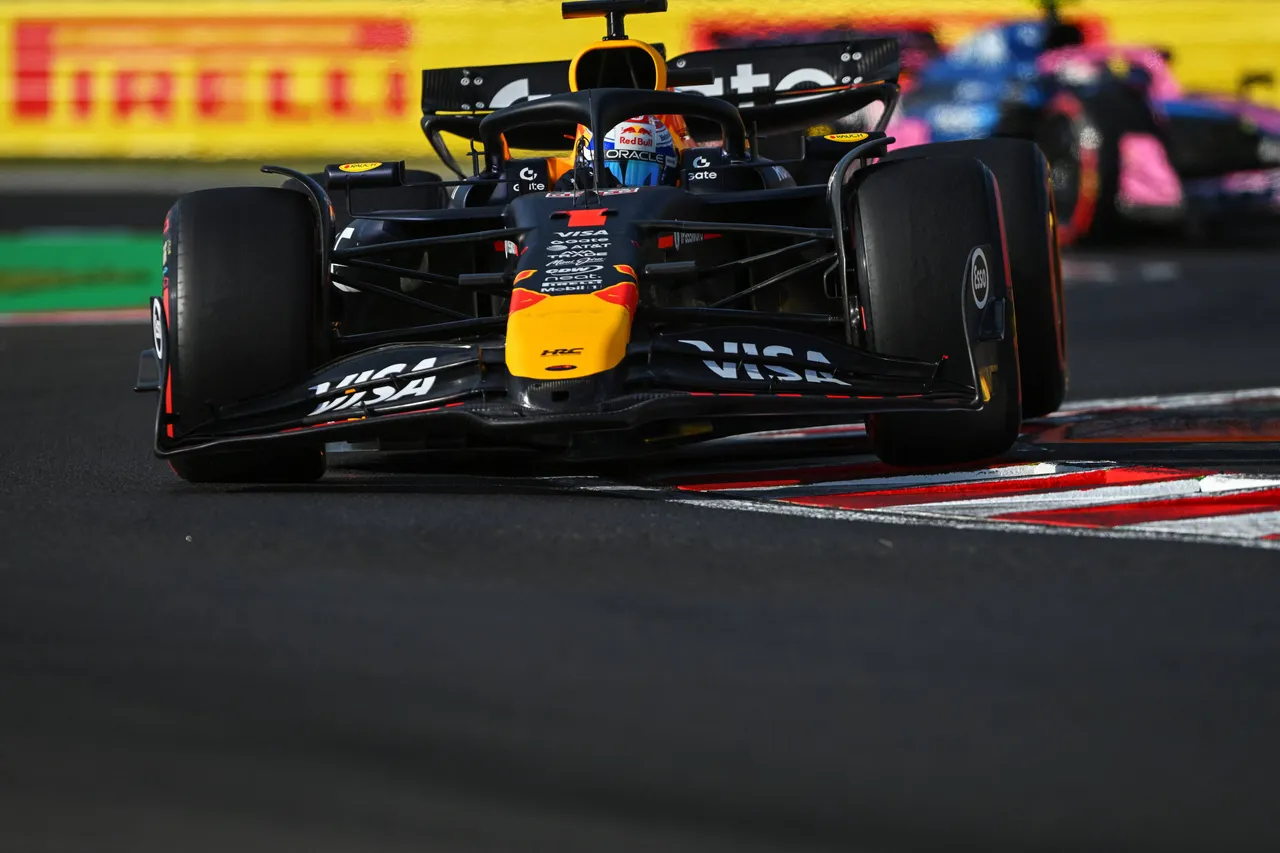
Particularly impressive was Verstappen finishing FP1 in 9th place FP2 in 14th place, highlighting that “nothing worked”, as Technical Director Pierre Wachè expressed after a difficult Friday. The team hoped that the usual great work in turning the car around overnight could have put them in a better situation for Saturday’s qualifying: how already happened many times this year, in fact, the team tried to tidy up what was wrong with the set-up on Friday, to improve the RB21’s behaviour through the second and third Sector of the track, which was where Verstappen was losing more time to competitors.
Unlike what happened in other race weekends, the changes didn’t seem to have had a positive impact on performance in FP3: Verstappen ended the session in P14, 1.246 seconds behind Piastri in P1. The Dutchman also complained of understeer during the session, pointing out that the mechanical changes on the rear of the car effectively worked, but made the understeering through mid corner even worse.

If the situation stays like this, Red Bull’s main focus will be to get into Q3 during Saturday’s qualifying, hoping that the high chances of rain for Sunday’s race will help Veertsappen’s comeback on his way to the podium.
Mercedes suffers the rear limited track and hot temperature
Last but not least, Mercedes have had a very difficult weekend since now: the W16 doesn’t fit to rear limited circuits like Hungaroring and the high temperature recorded on Friday and in FP3 just made the situation worse for them. Both Antonelli and Russell massively struggled with rear tyre temperatures during practices, losing tons of time both over the single lap simulations and in the race sims.
Moreover, the team also decided to switch back to the old rear suspension used up until Imola: since the new rear suspension has been introduced, in fact, the W16’s working window has been narrowed even more, making the car more difficult for engineers to set-up and even more difficult to find the right conditions that made the W16 enter this “magical window”.
The new suspension, in fact, seemed to be working particularly well under longitudinal stress, on stop-and-go circuits like Canada, but seemed to be giving more troubles on more conventional tracks, taking confidence away from the two drivers.
Read also
Popular on GPBlog
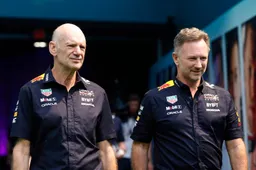
Aston Martin has informed staff following rumors about Horner’s arrival

What Norris needs to do to clinch his first drivers' title in Qatar GP
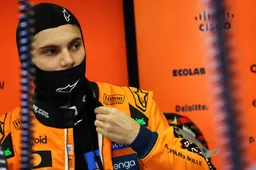
F1 Drivers' Standings | Piastri closes the gap with Sprint win in Qatar



